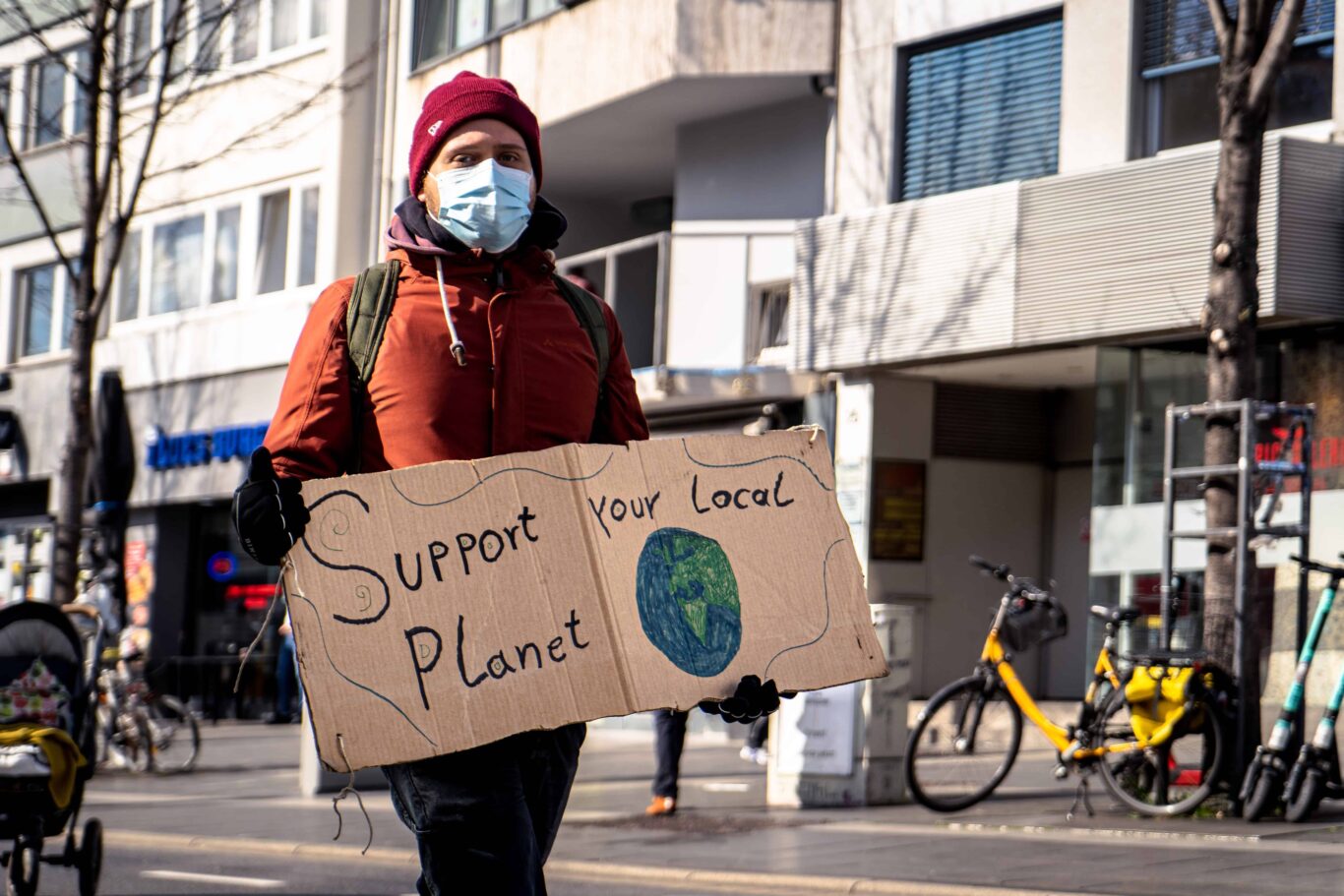Since the conference of the parties in 2015 which was held in Paris, the term “Paris agreement” has become a global and well-known expression. Let’s take a step back to be able to understand why the Paris agreement, often referred to as the Paris climate accord – L’accord de Paris – is considered to be groundbreaking for humanity and the climate.
COP – the conference of the parties
First thing first, what does COP stand for and what does it really mean? Well, COP is the shortening of The conference of the parties on climate change, a UN convention led by UNFCCC, which was founded in 1994. The first convention was held in 1995 in Berlin and has since then been held every year in different countries all around the world, where all the member states are invited to discuss how to handle the alarming issue of climate change.
For a longer period than we might think, climate change has been on the global agenda but often without moving forward in the question. This has been an issue during COP. But at COP 25 in Paris, a lot of hard work finally resulted in the now famous and groundbreaking Paris agreement!
The importance of the Paris agreement
The year was 2015 and 196 countries were gathered in Paris to discuss how to tackle climate change and how to collaborate around the very much required emission cuts. There were high hopes to actually agree on a strategy for the climate but there had been disappointments before.
But this time the 196 countries came together and signed a global agreement to tackle climate change and set the world on the right course. One key success factor was a decision to work with a bottom-up model where each nation would decide for themselves on how to lower their national emissions, instead of a top-down. Common goals were decided, along with them, the well-known 2-degree target of keeping global warming well below two degrees above pre-industrialized levels, striving to keep it under 1.5 degrees celsius.
But how will this then work you might wonder? Well, it was decided that each nation was to set up their own strategies on how to lower their national emissions to achieve the goal which was to be presented in what is called the nationally determined contributions, NDCs. In addition, there would also be a stock take every fifth year to review the collective progress towards reaching the aim of the agreement and to inform about further measures to be taken on a national level.
So now to the question we all want the answer to – will it work? The Paris agreement is a groundbreaking agreement. 196 countries participated, they agreed on a common goal, changed the system, and took responsibility both globally and nationally. But of course there is a lot more to do and it will be of great importance that each individual nation takes the agreement seriously. Therefore it will be of greatest interest to see where we are in 2023 when the first stock take is held.
The world is counting on the Paris agreement. Now that we have the tool let us use it in the best way possible to save coming generations and life on earth.
Related posts:
Share this Post



